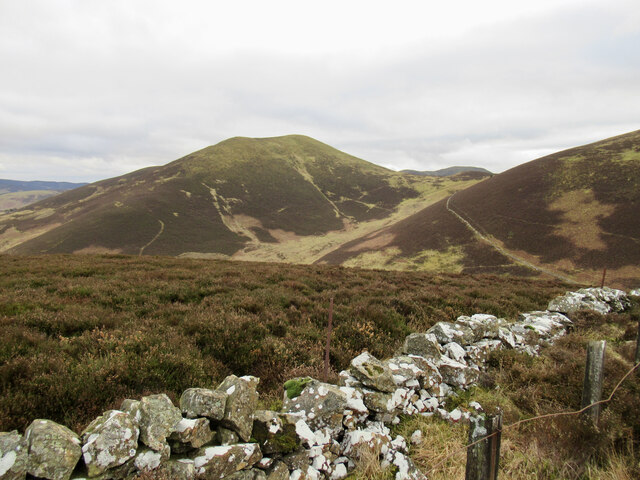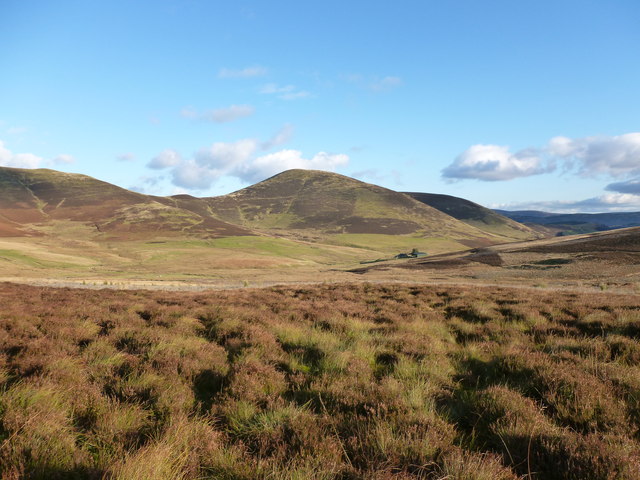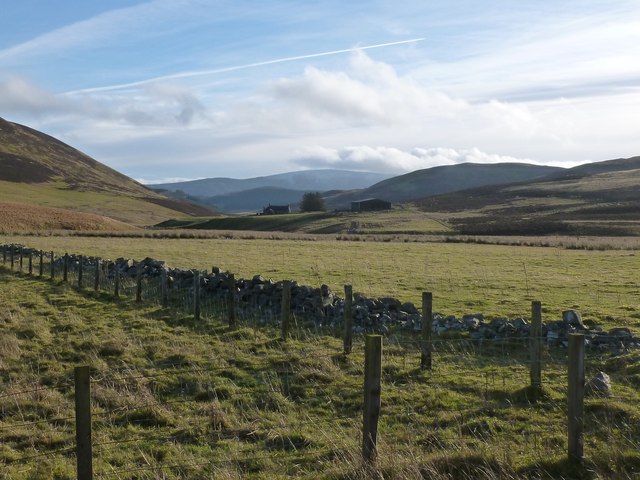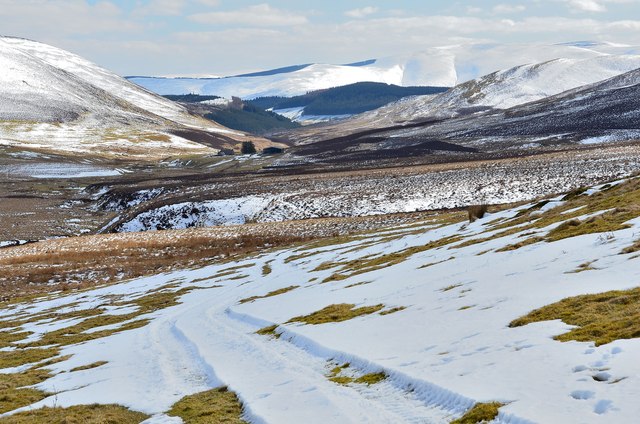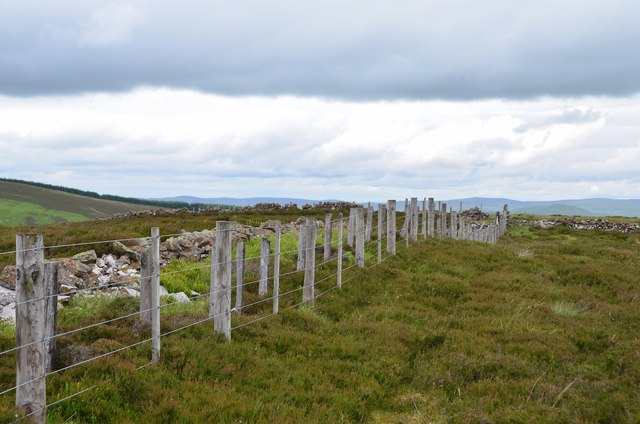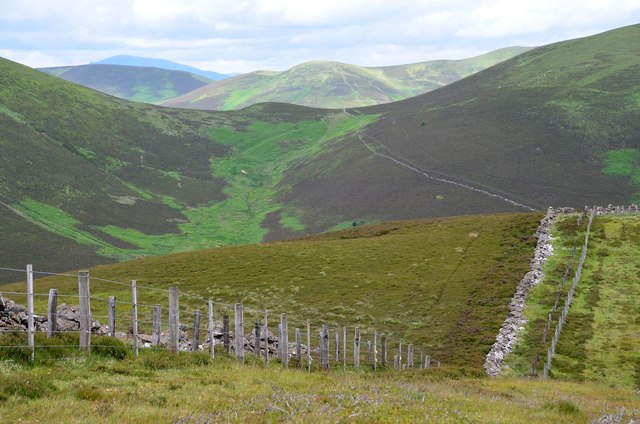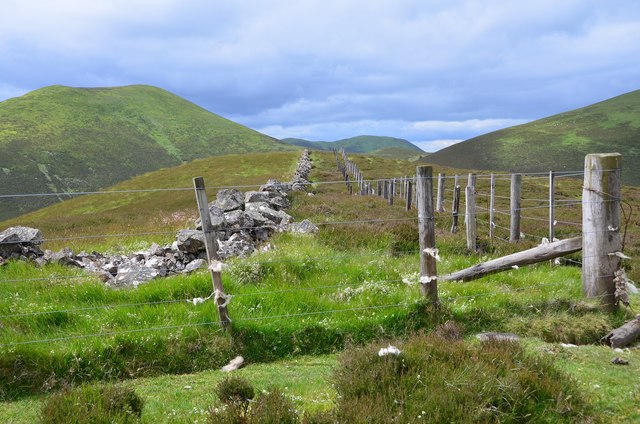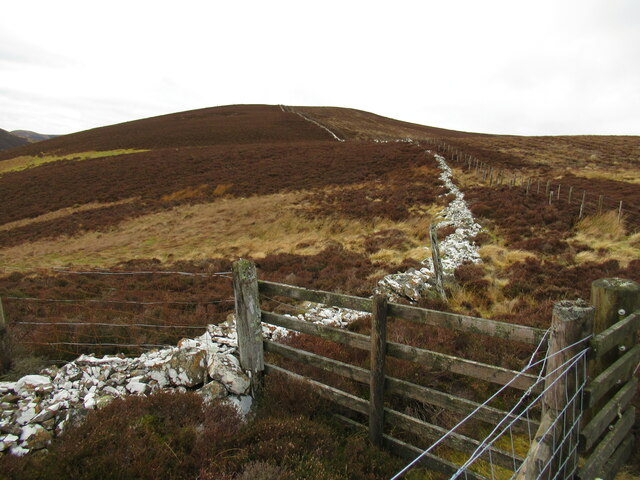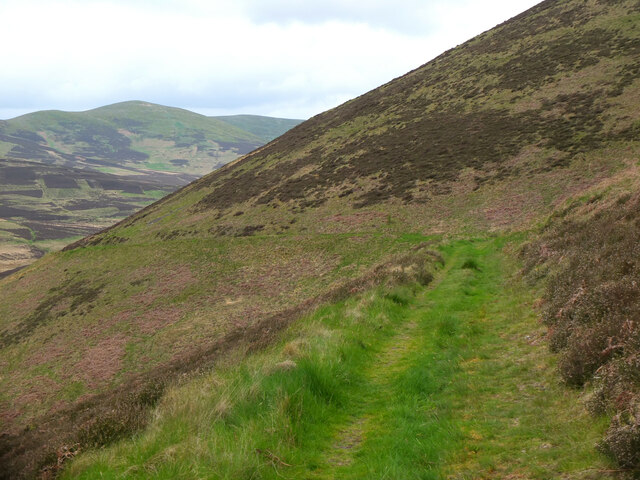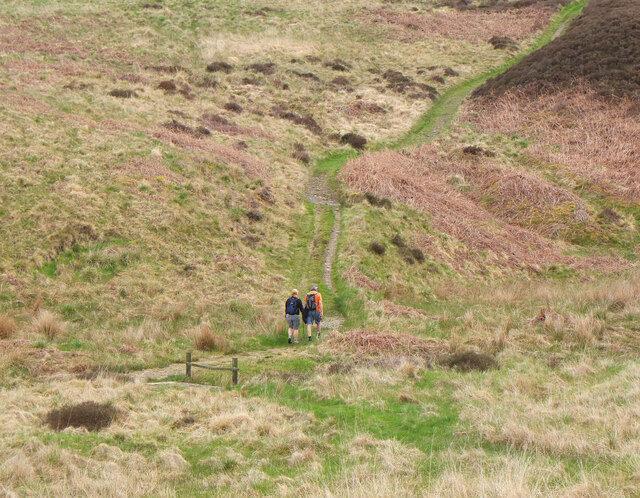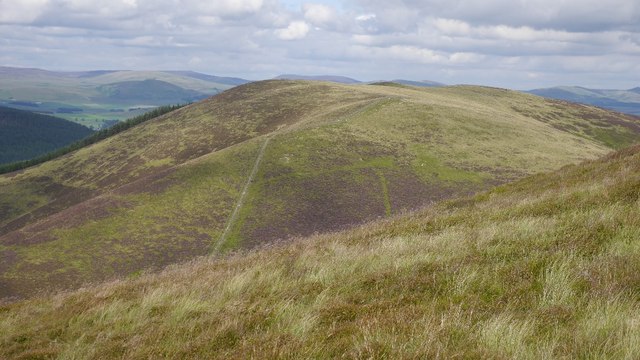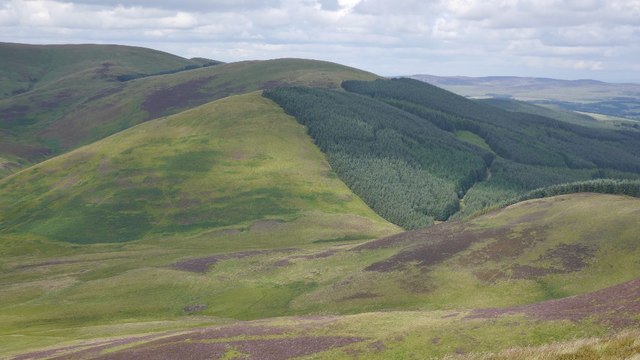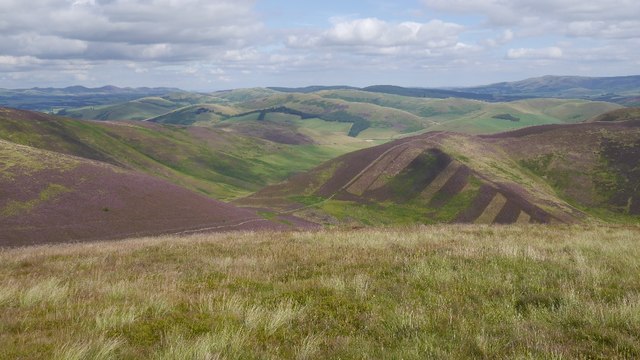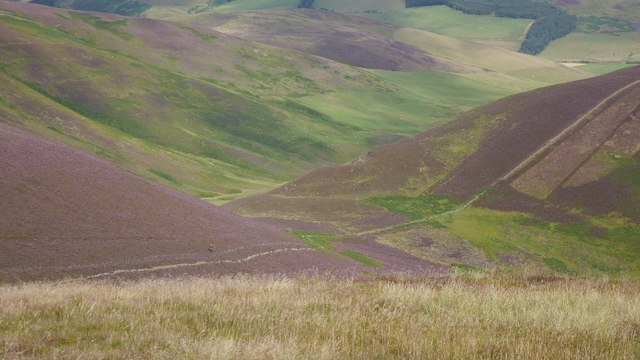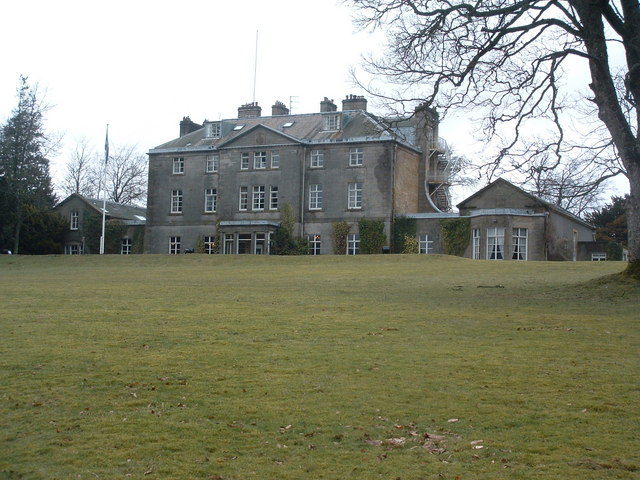Red Scar
Valley in Peeblesshire
Scotland
Red Scar
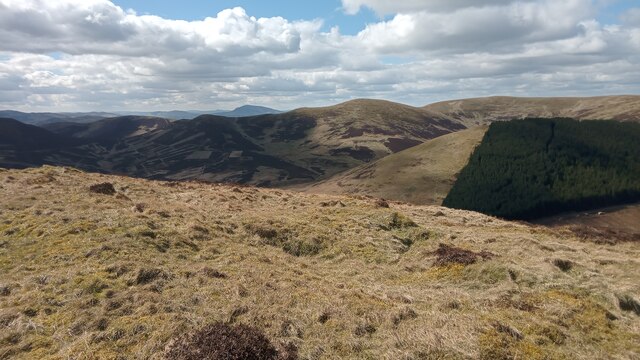
Red Scar is a picturesque valley located in Peeblesshire, a historic county in the Scottish Borders region of Scotland. The valley is nestled in the Southern Uplands, offering stunning natural beauty with its rolling hills, lush greenery, and meandering streams. It is situated near the village of Broughton, approximately 30 miles south of Edinburgh.
Red Scar gets its name from the striking red sandstone cliffs that dominate the landscape. These cliffs, formed millions of years ago, provide a dramatic backdrop to the valley and add to its charm. The area is known for its exceptional geological features, attracting both geologists and nature enthusiasts alike.
The valley offers a variety of outdoor activities and recreational opportunities. Hiking and walking trails crisscross the area, providing visitors with the chance to explore the enchanting surroundings. The valley is also home to a diverse range of flora and fauna, making it a haven for wildlife enthusiasts and birdwatchers.
In addition to its natural attractions, Red Scar boasts a rich cultural heritage. The valley is dotted with several ancient archaeological sites, including prehistoric settlements and burial mounds, highlighting its historical significance. The nearby village of Broughton offers amenities such as accommodations, dining options, and local shops, making it a convenient base for exploring the area.
Overall, Red Scar in Peeblesshire is a hidden gem, offering a tranquil retreat where visitors can immerse themselves in the beauty of nature, discover the region's fascinating history, and indulge in outdoor adventures.
If you have any feedback on the listing, please let us know in the comments section below.
Red Scar Images
Images are sourced within 2km of 55.6511/-3.3483022 or Grid Reference NT1540. Thanks to Geograph Open Source API. All images are credited.

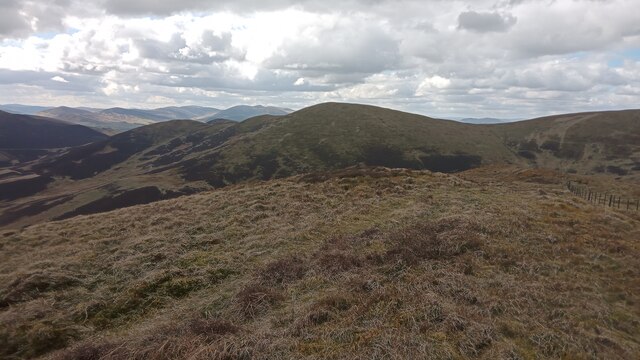
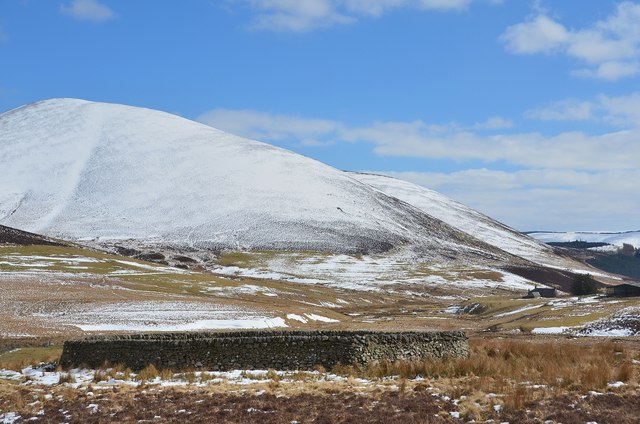
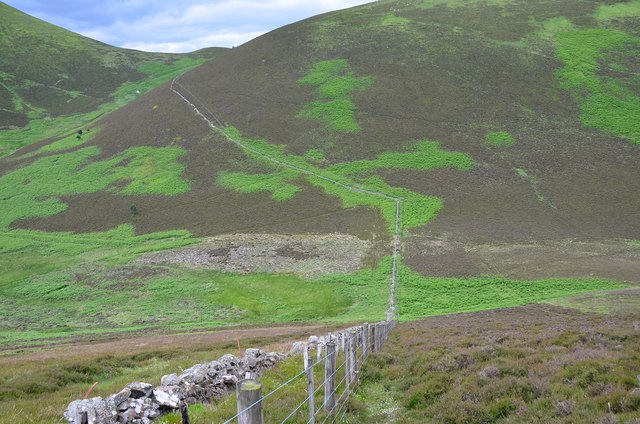
Red Scar is located at Grid Ref: NT1540 (Lat: 55.6511, Lng: -3.3483022)
Unitary Authority: The Scottish Borders
Police Authority: The Lothians and Scottish Borders
What 3 Words
///slug.runs.postings. Near Peebles, Scottish Borders
Nearby Locations
Related Wikis
Tarth Water
The Tarth Water is a river in Peebleshire, in the Scottish Borders. It forms part of the River Tweed system. The river with a total length of 7.1 miles...
Battle of Happrew
The Battle of Happrew was a skirmish which took place around 20 February 1304, during the First War of Scottish Independence. A chevauchée of English knights...
Drochil Castle
Drochil Castle is a ruined castle in the Scottish Borders. It is located above the Lyne Water, 10 kilometres (6.2 mi) north-west of Peebles, and 8 kilometres...
Lyne Kirk
Lyne Kirk is an ancient and historic kirk or church, of the Church of Scotland. It is situated on top of a mound adjacent to the A72 trunk route 4.5 miles...
Castle Craig Hospital
Castle Craig Hospital is a private residential drug and alcohol rehabilitation clinic. It is located in Peeblesshire, Scotland. Castle Craig is an 18th...
Stobo Kirk
Stobo Kirk is an ancient church of the Church of Scotland. It is dedicated to St Mungo and is situated near the B712 off the A72 just 6 miles south-west...
Upper Tweeddale National Scenic Area
The Upper Tweeddale National Scenic Area lies in the Borders region of Scotland. It is one of 40 national scenic areas (NSA) in Scotland, which are defined...
Stobo Castle
Stobo Castle is located at Stobo in the Scottish Borders, in the former county of Peeblesshire. The Manor of Stobo was originally owned by the Balfour...
Nearby Amenities
Located within 500m of 55.6511,-3.3483022Have you been to Red Scar?
Leave your review of Red Scar below (or comments, questions and feedback).
